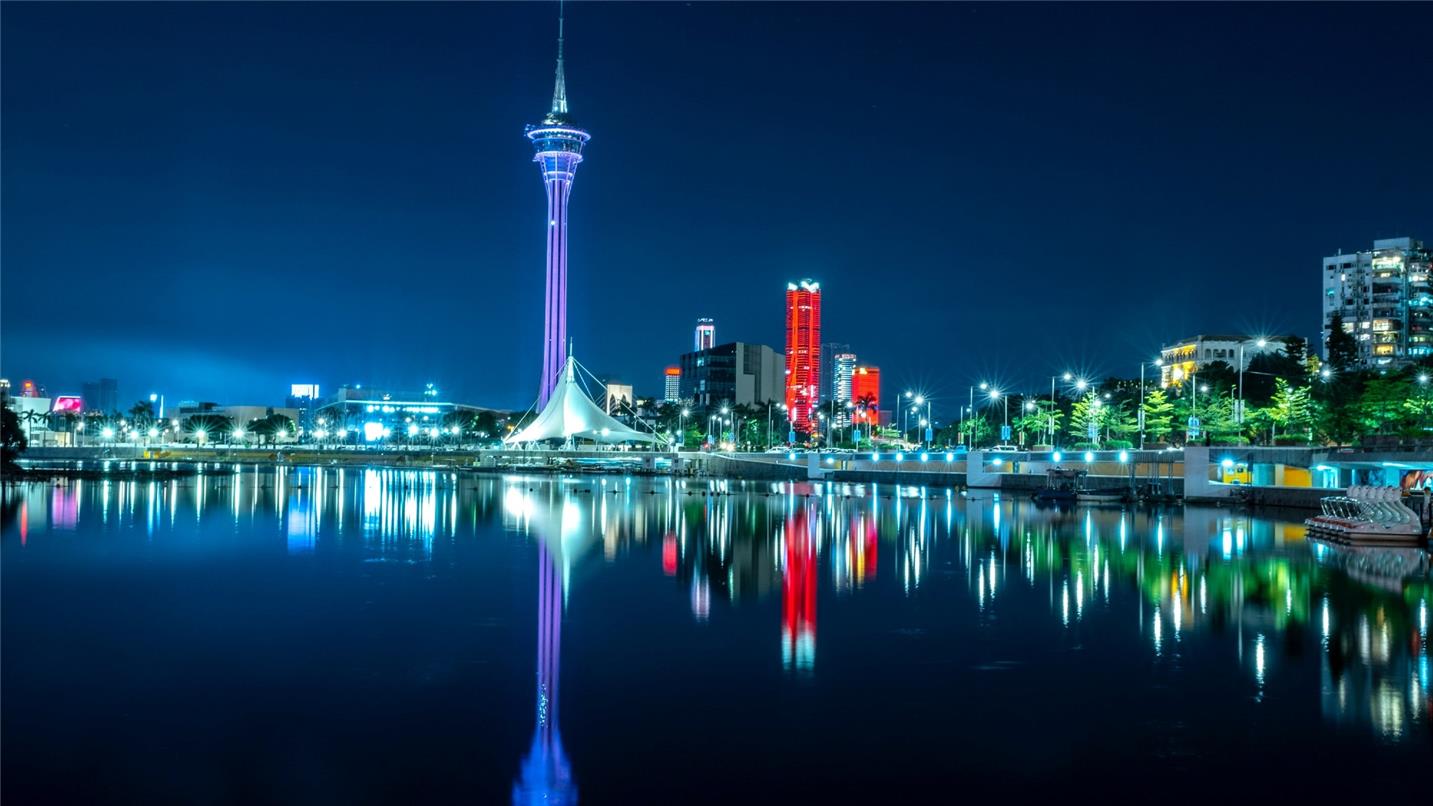Issue: Conserving and accurately managing Macao’s limited water resources
Known as the “Vegas of China”, the island and peninsula that make up South East Asia’s Macao host around 650,000 inhabitants, 30 million tourists and limited natural resources. With longstanding challenges regarding the level of salinity penetrating its freshwater, as well as potential water shortages, Macao’s drinking water nevertheless complies with high
water quality standards.
Macao’s water loss rate was 10.3% in 2016, already very low compared to China’s average water loss of 20%. Over several decades Macao Water implemented a system of eight hydraulic sectors with more than 666 km of network to handle the real processing volume of around 300,000 m3 of water each day. The daily total production capacity is 390,000 m3.
Solution: AQUADVANCED® Water Networks successfully monitors water networks
In 2013, Macao Water implemented the AQUADVANCED® Water Networks solution to have a global view and effectively manage hydraulic sectors with nearly 50 flow sensors and 30 pressure sensors, and added about 100 data-loggers to monitor the usage of big consumers such as casinos and hotels, which can require up to 33,000 m3 of water per day. With hourly data feeds, pressure and flow variation trends could be analyzed and qualified immediately. Event traceability was improved, and subsequently, so was the speed of any required reparation.
Thanks to AQUADVANCED® Water Networks, Macao Water can continuously observe and analyze thenetwork’s efficiency.
Results: Network performance intensively monitored
Over the initial 28 months’ period (May 2014 — August 2016), 158 events were detected and 92% of those events were confirmed by the operator. On two precise occasions, in April and June 2015, abnormal delivery volumes were identified, and AQUADVANCED®
Water Networks was able to communicate the events immediately. Within a very short timeframe, internal burst pipes in the University of Macao were identified and repaired, saving approximately 5,000 m3 of water — the equivalent of 3 days of the university’s consumption.
158
events
WERE DETECTED WITHIN
TWO MONTHS OF
DEPLOYMENT

